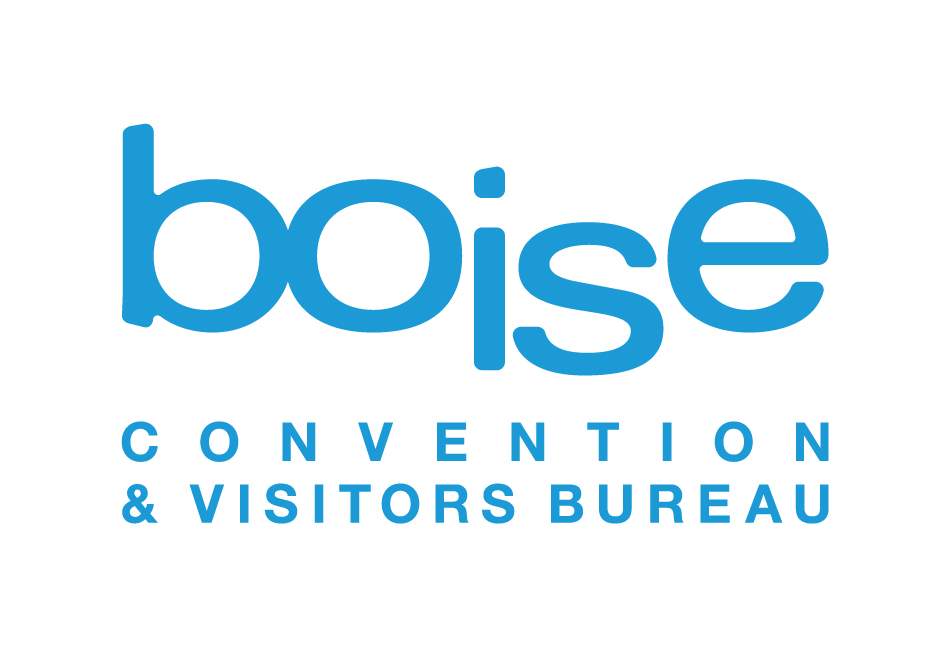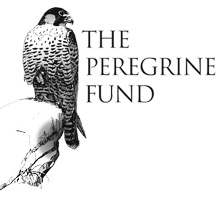Welcome to the Bosch KestrelCams
Thank you to the Bosch KestrelCam watchers for your past enthusiasm and to past KestrelCam sponsors for your support! We were fortunate to provide front row tickets for an American Kestrel (Falco sparverius) nest box for six years (2012-2017; no takers in 2018). Our nest box is located at the World Center for Birds of Prey in Boise, Idaho.
In North America, American Kestrels breed from March-July. They typically lay 4-6 eggs in a nest cavity and parents take turns incubating the eggs for ~28-30 days total. Once nestlings hatch, they are also cared for by both parents; both the adult male and female hunt for small prey items (rodents, insects, small reptiles) to bring to the nestlings. Nestlings are full grown by ~28-31 days old and will fledge (leave the nest) at that point. Fledglings stay with their parents during the next several weeks while they learn to hunt and gain their independence. Read more on kestrel biology or on monitoring nest boxes with the American Kestrel Partnership.
We are sorry to announce that starting with the 2019 breeding season, we will no longer be streaming the KestrelCam. This decision will enable us to use the conservation dollars saved to put greater focus on understanding the causes behind kestrel decline so we can appropriately conserve their populations. If you can't imagine a spring without a dose of kestrel family life, worry not! This year, you can tune into an excellent KestrelCam which debuted last year and is co-hosted by Cornell Lab of Ornithology's Bird Cams Project and Raptor Resource Project!
Check out our publication on the KestrelCam and please enjoy past season highlights videos below!
Video system provided by Matt Thomas from Bosch Security Systems

Additional support provided by:
Don & Carol McCartney
Lynn Fraze - lynnfrazephotography
















